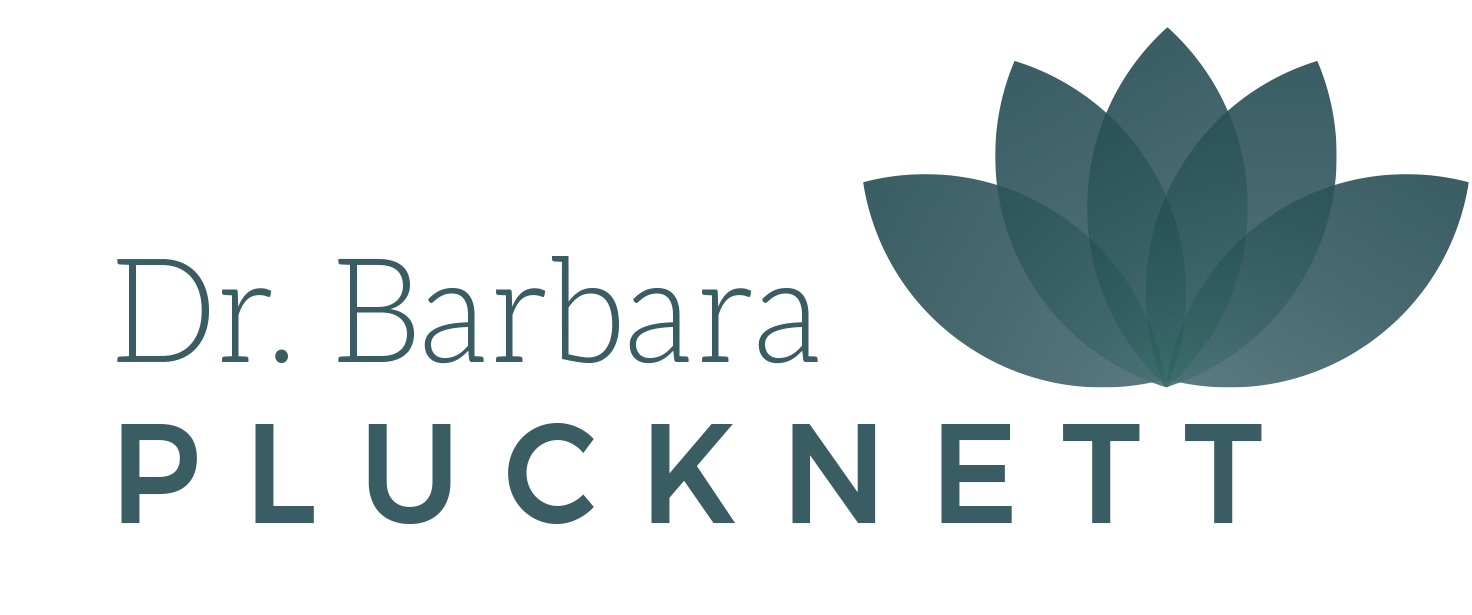Testing
Diagnostic testing is sometimes necessary to help define the treatment plan.
Testing
We believe in the value of science and good diagnostic testing to know we are on the right track when it comes to your health. To this end we offer a range of convenient in office testing;
Urodynamic Testing (tests to measure pressure and urine flow) is a minimally invasive procedure requiring placement of a small catheter in both the bladder and vagina. The bladder is then filled with sterile water to assess the capacity and that point at which the bladder begins to leak. This procedure lasts anywhere from 20-40 minutes and is offered in a comfortable, private environment.
(Here are the basic components of Urodynamic testing);
- Uroflow (to measure the pressure and urine flow)
- Cystometrogram (to measure capacity of and pressure within the bladder)
- Voiding Studies (to measure efficiency of bladder emptying)
Urinalysis is the study of a urine sample which is obtained in the office and sent out to a local lab.
Urine Culture may be done in addition to urine analysis (on the same specimen) to define the type of infection that you may have.
Cystoscopy (inspection of the inside of the bladder) is a minimally invasive in office procedure utilizing a telescope to visualize both the tube that drains the bladder (urethra) as well as the bladder itself. This test is utilized to evaluate recurrent urinary tract infections (cystitis), hematuria (blood in the urine), and sometimes urgency and frequency of urination. This test lasts approximately 15 minutes and does not require anesthesia.
Post Void Residual (PVR) is a measure of the amount of urine left in the bladder after urination and is usually performed by the insertion of a catheter which is removed after the procedure.
Ultrasound, also called ultrasound scanning or sonography, is a method of obtaining images from inside the human body by using high-frequency sound waves. The reflected sound wave echoes are recorded and displayed as a real-time visual image.
We use Ultrasounds to evaluate the pelvic area such as the ovaries, the uterus, and the bladder. We also use Ultrasound to evaluate many other problems or symptoms you may be experiencing.
Saliva Testing
Estrogens, progesterone, testosterone, DHEA-S and cortisol are routinely measured in saliva at ZRT. Steroid hormones in the bloodstream are mostly (95-99%) bound to carrier proteins, and in this form are unavailable to target tissues. Only the unbound fraction freely diffuses into tissues, including the salivary gland. Hormone levels in saliva therefore represent the quantity of the hormone that is currently available to target tissues and actively exerting specific effects on the body. Research at ZRT has demonstrated clear correlations between salivary hormone levels and reported symptoms.
Profiles we offer in Saliva:
- Female/Male Saliva Profile I
(E2, Pg, T, DS, & C) - Female/Male Saliva Profile II
(E2, Pg, T, DS, & C x 2) - Female/Male Saliva Profile III
(E2, Pg, T, DS, & C x 4)
Morpheus8 V
A fast and effective radiofrequency technology that remodels vaginal tissue Morpheus8 VMorpheus8 V is a revolutionary technology that rejuvenates the vagina to improve sexual drive, comfort, and enjoyment and to restore a youthful appearance to a woman’s vaginal...
BULKAMID® for Stress Urinary Incontinence
Dealing with stress urinary incontinence can be frustrating, struggling with embarrassing bladder leaks. But luckily there is a treatment option available to help you regain bladder control.
BOTOX® for OAB
BOTOX® is a prescription medicine that is injected into the bladder muscle and used to treat overactive bladder symptoms.




